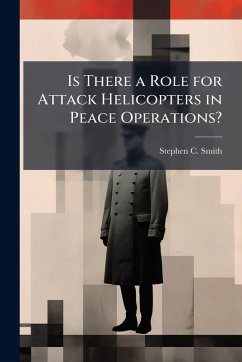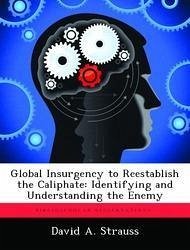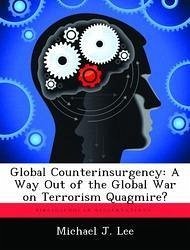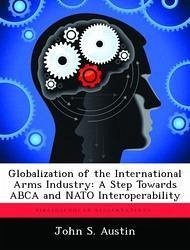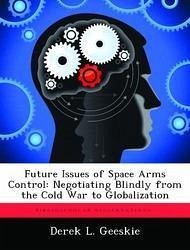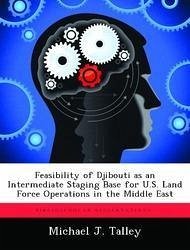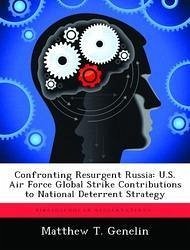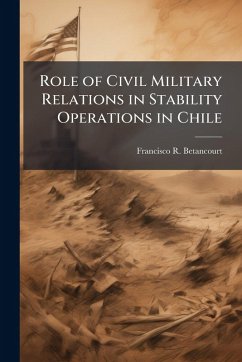
The Role of U.S. Psychological Operations in the New Global Threat Environment
Versandkostenfrei!
Versandfertig in über 4 Wochen
14,99 €
inkl. MwSt.

PAYBACK Punkte
7 °P sammeln!
The purpose of the paper is to investigate the role of Psychological Operations (PSYOP) in the wake of the new threat environment. This new environment has seen a shift in emphasis from the certainties of traditional super-power dominance towards more complex interactions of state and non-state actors. The global information environment and competition for resources have caused a major paradigm shift from certainty to uncertainty due to the uprise of ideological differences, cultural distinctions, and religious divergence. Over the past few years the emergence of new technologies in communicat...
The purpose of the paper is to investigate the role of Psychological Operations (PSYOP) in the wake of the new threat environment. This new environment has seen a shift in emphasis from the certainties of traditional super-power dominance towards more complex interactions of state and non-state actors. The global information environment and competition for resources have caused a major paradigm shift from certainty to uncertainty due to the uprise of ideological differences, cultural distinctions, and religious divergence. Over the past few years the emergence of new technologies in communications has resulted in the establishment of an age of computer-based decision making tools based on the internet and mobile telephones. This paper will examine Air Force and Joint Doctrine and the many uses and roles of PSYOP in providing our military decision makers with the required tools to effectively influence the adversary in an effort to establish information dominance in the new global threat environment. Finally, the paper concludes with recommendations to optimize utilization of PSYOP within the new global threat environment. This work has been selected by scholars as being culturally important, and is part of the knowledge base of civilization as we know it. This work was reproduced from the original artifact, and remains as true to the original work as possible. Therefore, you will see the original copyright references, library stamps (as most of these works have been housed in our most important libraries around the world), and other notations in the work. This work is in the public domain in the United States of America, and possibly other nations. Within the United States, you may freely copy and distribute this work, as no entity (individual or corporate) has a copyright on the body of the work. As a reproduction of a historical artifact, this work may contain missing or blurred pages, poor pictures, errant marks, etc. Scholars believe, and we concur, that this work is important enough to be preserved, reproduced, and made generally available to the public. We appreciate your support of the preservation process, and thank you for being an important part of keeping this knowledge alive and relevant.



